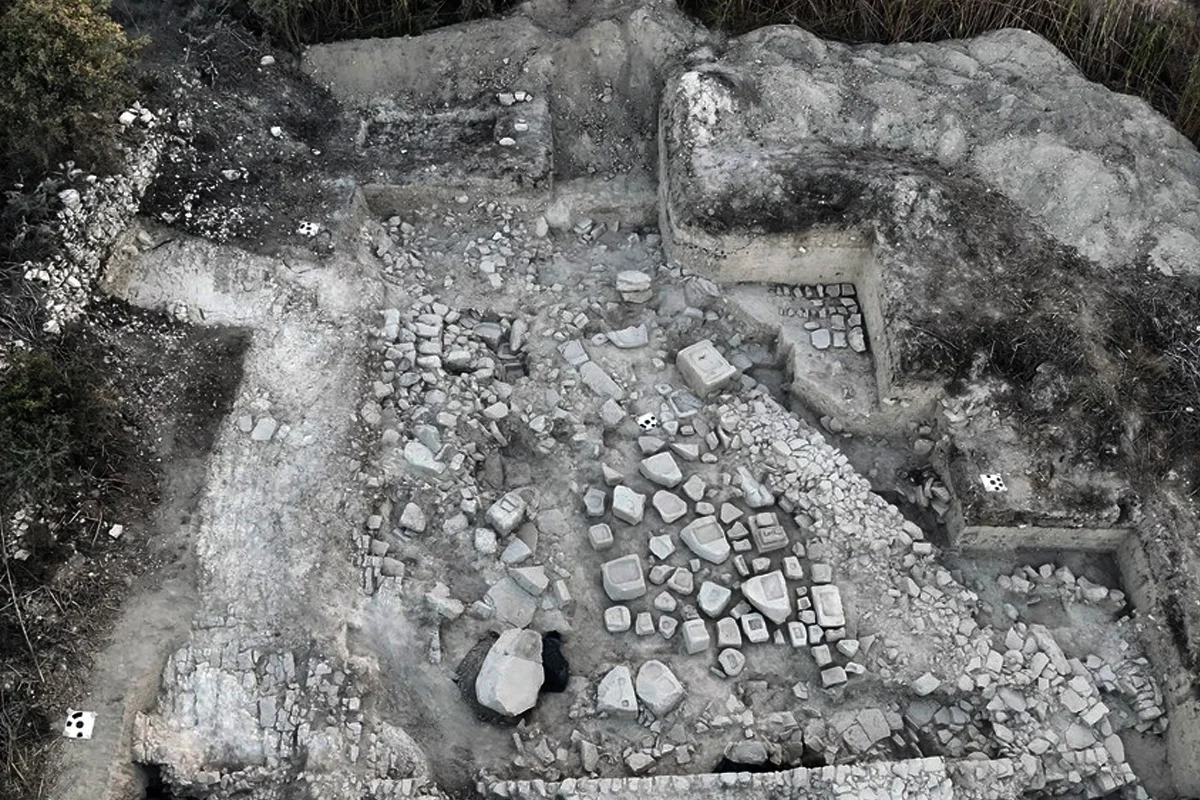A sanctuary first excavated in 1885 by the German archaeologist Max Ohnefalsch-Richter has been rediscovered after details of the original find site were subsequently lost.
Dedicated to Apollo, the sanctuary is in the Frangissa Valley of Cyprus near the ancient city-kingdom of Tamassos, one of the ten kingdoms of Cyprus.
Since 2021, archaeologists from the Universities of Frankfurt and Kiel/Würzburg have been trying to determine the location of the 1885 excavation which was backfilled upon completion.
The sanctuary was rediscovered in 2024 near the village of Pera Orinis, with recent excavations revealing structural foundations and a dedication courtyard.
According to a press statement issued by the Republic of Cyprus, over 100 statue bases were also unearthed in the backfill, some of which are colossal in size and once supported giant votive limestone statues from the Archaic period (7th and 6th centuries BC).
“It was a surprising discovery that not only the pedestals for votive statues were found in the 19th-century backfill, but also many statue fragments. It appears that, in 1885, these fragments were not recognised as artefacts during their excavations,” said the EK/IA/GS.
Two bases also have inscriptions: one is inscribed with local Cypro-Syllabic characters, while the other refers in Greek letters to the Ptolemies, the Hellenistic rulers of Egypt (who also controlled Cyprus at the time).
These findings indicate that the sanctuary was an important religious centre not just in the archaic period but continued to thrive with the later construction of a large peristyle courtyard likely used for ceremonial banquets.
Excavations also unearthed previously unknown types of votive objects not generally found in Hellenistic sanctuaries, such as marbled glass beads and Egyptian amulets made of faience (a sintered-quartz ceramic material).
Header Image Credit : Republic of Cyprus
Sources : Republic of Cyprus





